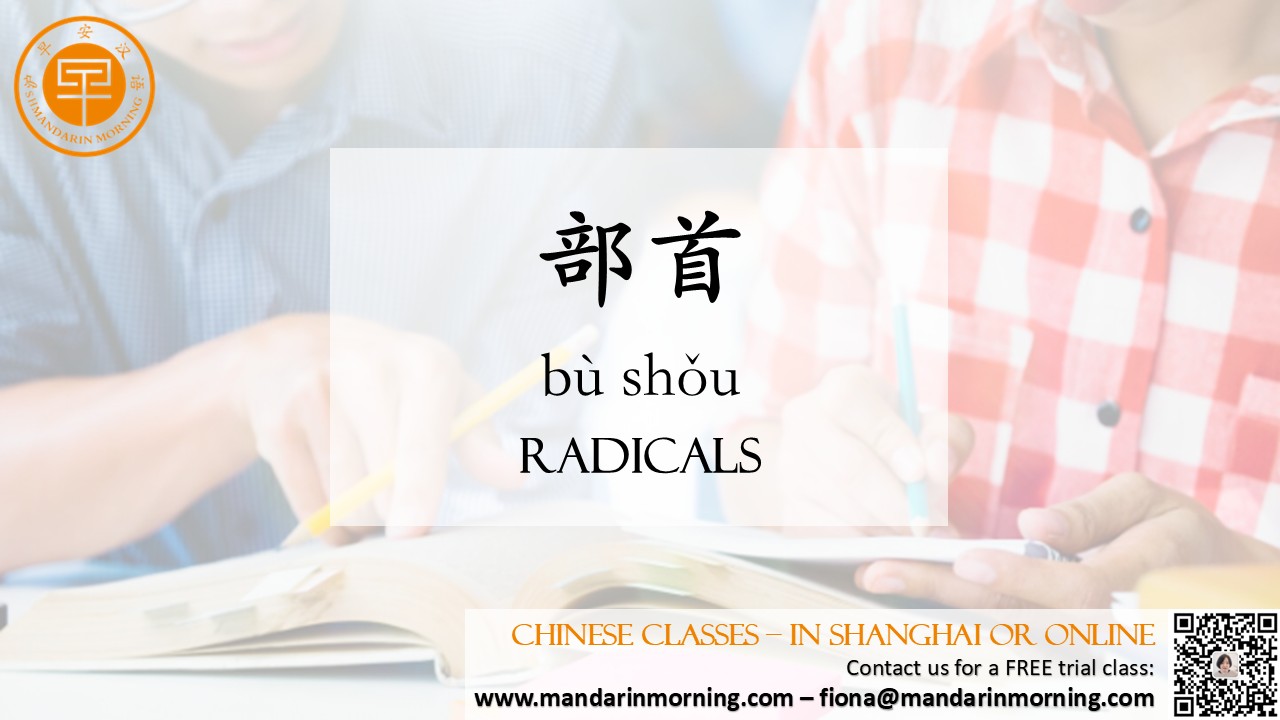Have you ever looked at a complex Chinese character and felt completely lost? You’re not alone! Many learners are intimidated by characters at first. But what if we told you there’s a secret key to unlocking their meaning? That key is the radical, or 部首 (bùshǒu). A 部首 (bùshǒu) is a foundational component within a Chinese character. Think of it as a building block or a clue. Nearly every character contains a radical, which often gives you a hint about the character’s meaning or, sometimes, its sound. Understanding radicals is like learning the alphabet of Chinese characters—it provides a system and logic to what might initially seem chaotic. So, how do they work? Let’s look at some examples. The radical for water is 三点水 (sāndiǎnshuǐ) - the "three drops of water". You will find it in characters related to water: 河 (hé) - river 湖 (hú) - lake 游泳 (yóuyǒng) - to swim See the connection? Just by recognizing the water radical, you can guess that these characters have something to do with water. Another common radical is 火 (huǒ) - fire. When it appears as a component on the left side of a character, it transforms into 火字旁 (huǒzìpáng), which looks like this: 灬. You can find it in: 炒 (chǎo) - to stir-fry 热 (rè) - hot 煮 (zhǔ) - to boil Again, the radical points you toward the general theme of "fire" or "heat." Learning radicals does more than just help you guess meanings; it is an essential tool for looking up characters in a dictionary. Dictionaries are often organized by 部首 (bùshǒu), so knowing the radical is the first step to finding any character you don't know. It also helps tremendously in distinguishing between similar-looking characters and memorizing new ones more effectively. Instead of seeing a character as a random collection of strokes, you can now see it as a combination of meaningful parts. For instance, the character 妈 (mā - mother) is made of the 女 (nǚ - woman) radical and the phonetic component 马 (mǎ - horse). This structural understanding makes the language far more logical and accessible. Embracing radicals is a powerful strategy that transforms your learning journey from rote memorization to intelligent comprehension. Ready to crack the code and learn Chinese characters smarter, not harder? Our curriculum is built on these foundational principles to make your learning journey efficient and enjoyable. Sign up for a trial lesson and see the difference for yourself! |